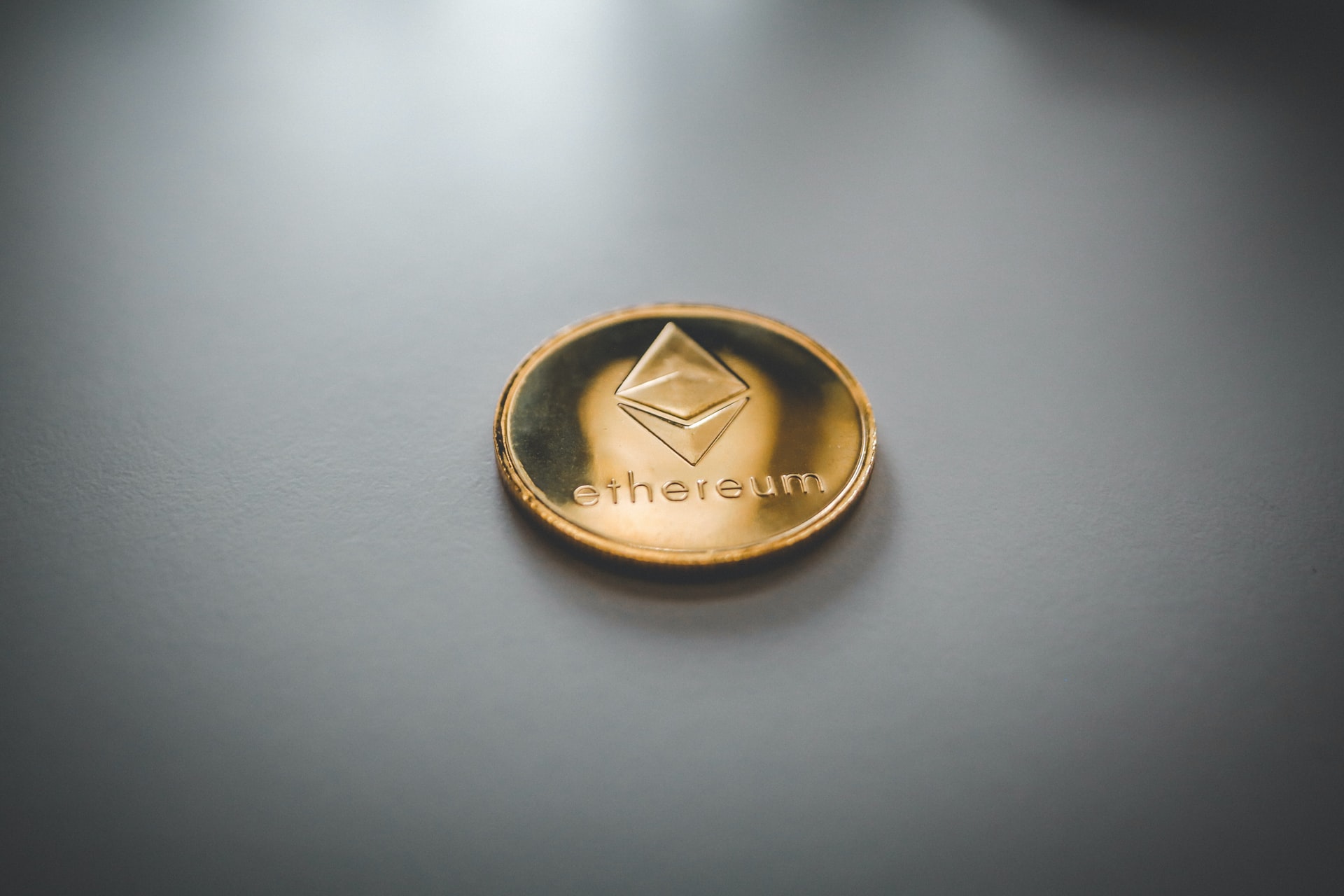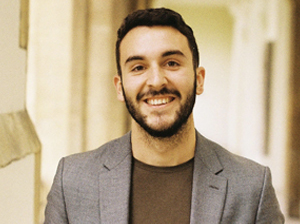
THE NFT BOOM: Game-Changing Tech Meets The Art Market With Full Force
THE NFT BOOM: GAME-CHANGING TECH MEETS THE ART MARKET
Author: Máté Hegedus, Galleria Meera, Art Tech Correspondent
What exactly are NFTs and are they here to stay?
According to the site NonFungible, in the last 30 days*, the highest sale of a digital work amounted to $1.7 million. Titled ‘Death Dip’ by the artist XCOPY, the work was first sold for 0.7 Ethereum ($396.47) in 2018. However, three years later, on Wednesday, 24th March 2021, the same NFT sold for a sum of 1,000 Ethereum ($1,733,580.00) on SuperRare[i]. The platform SuperRare is a digital art market where people can buy and sell NFTs. The buyer, Punk4156, owns 5 other works by XCOPY in his collection.
With so much buzz about NFTs, it has many people questioning – what is the craze for digital art, and who are the collectors? How are digital artworks being transacted? Is it secure?
In 2017, Matt Hall and John Watkinson at Larva Labs released a collection of 10,000 software generated characters called ‘CryptoPunks’. Each character is unique and identified on the Ethereum blockchain. The original set came free, and anyone with an Ethereum wallet could claim one. One of these characters was claimed by the ‘Death Dip’ NFT collector who identifies with the avatar Punk4156. In an interview with the collector, they described themselves as “the CEO of a growing company, I am a temporary steward and financial beneficiary of 4156.”[ii] Today, these CryptoPunks are fetching huge prices, between 200 ($430,552.24) and 400 ($861,104.49) ETH*[iii]. The auction house Christie’s will be offering nine CryptoPunks in their upcoming sale on 13th May 2021.[iv]
CryptoPunks were one of the first NFTs on the Ethereum blockchain. This solidifies their historical significance because they mark the beginning of the CryptoArt movement. NFTs (Non-fungible tokens) are unique digital assets that utilise blockchain technology. Blockchain technology was introduced with cryptocurrencies, such as Bitcoin and Ethereum. An asset’s fungibility is given when it is interchangeable in economics, meaning £10 can be exchanged with two £5 and still make up the same amount. When an item is one of a kind, in this case, an artwork, it is considered non-fungible because it cannot be replicated. Non-fungible tokens are represented as blocks with unique codes that allow the transaction of such assets to be recorded on the chain.
NFT refers not to the artwork directly but the process of its verification. The system allows the possession of digital files, their transactions and their recording on a decentralised public ledger. A decentralised ledger allows trade to happen between two people without a third party. All essential data about the transaction are available for the public to review. All verified transactions include metadata of the buyers, sellers, time and date, and previous ownership. Furthermore, the metaverse is open, meaning one is not locked to one platform to sell or buy, but can mint and purchase across various platforms.
While there are certain benefits to NFT technology, there are also drawbacks. When an artwork is tokenised, the token stands as an authenticity certificate that can be sold. One of the problems is that the system allows an NFT to be set up for the same artwork on different platforms creating separate blockchains. Moreover, for minting an NFT, one is not required to verify their actual ownership of the work, hence creating false blockchains.
Either way, it seems NFTs are here to stay for the forseeable future, and art, just like throughout history, is here to make sense of what is happening in the world around us. In a Twitter post, Punk4156 states: “I see no reason work like this shouldn’t have as much cultural or historical significance as a Pollock, Basquiat or Warhol. Those artists and collectors were trying to make sense of their moment, and we’re out here doing the same.”[v]

Máté Hegedus
NFTs provide a safe and secure method to serve transactions that are proving to be successful. However, there is more to the story, which I will be unfolding in a series of articles.
I will be exploring the relevance of NFTs in the art market, the current challenges in the NFT system, and possibilities of the future of NFTs.
*at the time of publishing

